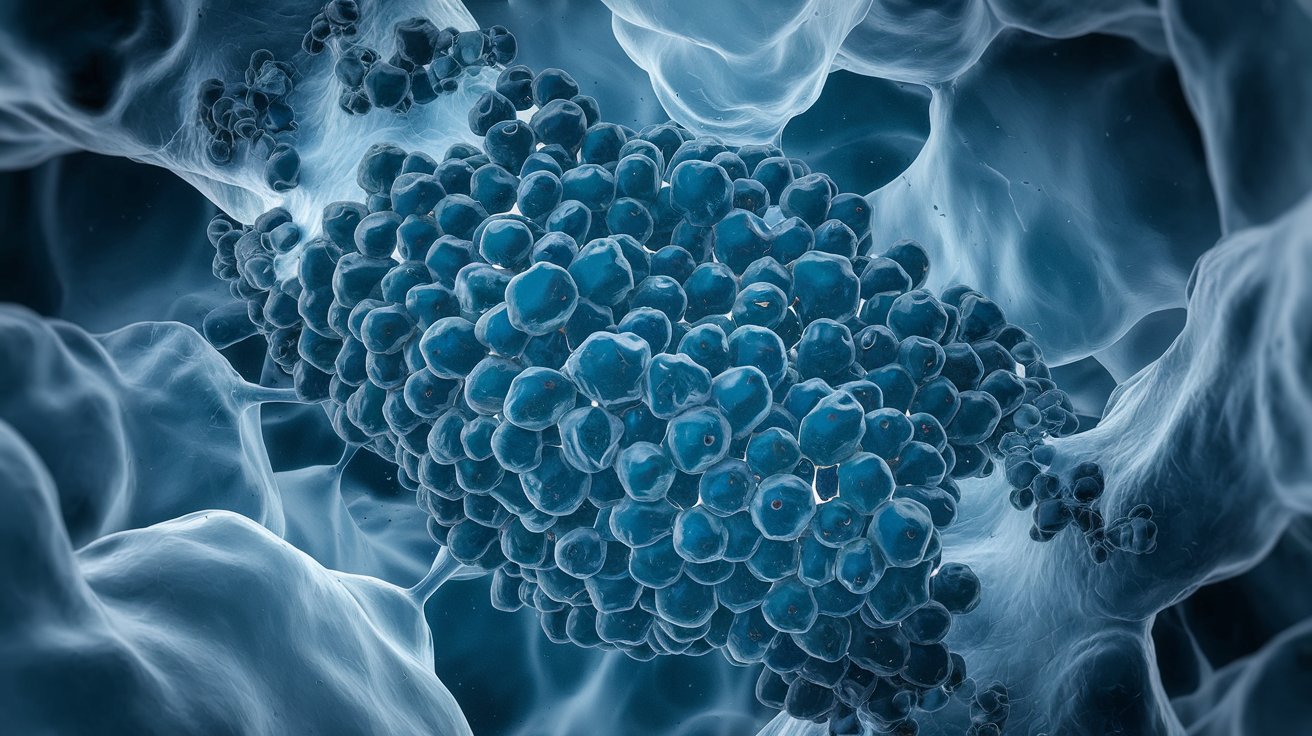
Medulloblastoma and other central nervous system (CNS) embryonal tumors are rare but serious brain cancers that primarily affect children. These tumors originate in the brain or spinal cord, disrupting normal functions and causing a range of symptoms. Understanding these conditions is crucial for early diagnosis and effective treatment. Did you know that medulloblastoma is the most common malignant brain tumor in children? It accounts for about 20% of all pediatric brain tumors. Early symptoms often include headaches, nausea, and balance issues. Treatment typically involves surgery, radiation, and chemotherapy. Despite their severity, advancements in medical research have significantly improved survival rates. Let's dive into 30 essential facts about these challenging conditions to better understand their impact and the ongoing efforts to combat them.
Key Takeaways:
- Medulloblastoma is a type of brain tumor that affects children, with symptoms like headaches and balance issues. Early detection and tailored treatments improve survival rates, but long-term survivors may face challenges.
- There are different subtypes of medulloblastoma, each with varying prognosis. Other CNS embryonal tumors also exist, requiring a combination of surgery, radiation, and chemotherapy for treatment. Early detection and treatment significantly improve survival rates.
What is Medulloblastoma?
Medulloblastoma is a type of brain tumor that primarily affects children. It originates in the cerebellum, the part of the brain responsible for coordination and balance. Here are some intriguing facts about this condition:
- Medulloblastomas account for about 20% of all pediatric brain tumors.
- They are most commonly diagnosed in children between the ages of 3 and 8.
- Boys are slightly more likely to develop medulloblastomas than girls.
- Symptoms often include headaches, nausea, vomiting, and balance issues.
- Medulloblastomas can spread to other parts of the brain and spinal cord through cerebrospinal fluid.
Types of Medulloblastoma
Medulloblastomas are not all the same. They can be classified into different subtypes based on their genetic and molecular characteristics. Understanding these subtypes helps in tailoring treatment plans.
- The four main subtypes are WNT, SHH, Group 3, and Group 4.
- WNT subtype has the best prognosis, with a survival rate of over 90%.
- SHH subtype is associated with mutations in the Sonic Hedgehog pathway.
- Group 3 medulloblastomas are the most aggressive and have the poorest prognosis.
- Group 4 is the most common subtype, but its prognosis varies widely.
Diagnosis and Detection
Early diagnosis is crucial for effective treatment. Various methods are employed to detect and diagnose medulloblastomas.
- MRI scans are the most common imaging technique used to diagnose medulloblastomas.
- A biopsy is often performed to confirm the diagnosis and determine the tumor subtype.
- Lumbar punctures can help detect the spread of the tumor to the spinal cord.
- Genetic testing is increasingly used to identify specific mutations and tailor treatments.
- Symptoms like persistent headaches and balance problems often prompt initial medical evaluations.
Treatment Options
Treating medulloblastoma involves a combination of therapies. The choice of treatment depends on the tumor's subtype, location, and the patient's age and overall health.
- Surgery is usually the first step to remove as much of the tumor as possible.
- Radiation therapy is often used after surgery to kill remaining cancer cells.
- Chemotherapy is commonly administered to target cancer cells throughout the body.
- Proton therapy is a newer form of radiation that minimizes damage to surrounding healthy tissue.
- Clinical trials are ongoing to find more effective treatments with fewer side effects.
Prognosis and Survival Rates
The prognosis for medulloblastoma patients varies widely based on several factors, including the tumor subtype and the patient's age.
- Overall, the 5-year survival rate for children with medulloblastoma is around 70%.
- Younger children, especially those under 3, generally have a poorer prognosis.
- Early detection and treatment significantly improve survival rates.
- Long-term survivors may face challenges like cognitive impairments and hormonal imbalances.
- Advances in treatment have steadily improved survival rates over the past few decades.
Other CNS Embryonal Tumors
Medulloblastoma is just one type of CNS embryonal tumor. There are other, less common types that also originate in the central nervous system.
- Atypical teratoid/rhabdoid tumors (AT/RT) are highly aggressive and often affect very young children.
- CNS primitive neuroectodermal tumors (PNETs) are similar to medulloblastomas but occur in different parts of the brain.
- Pineoblastomas are rare tumors that originate in the pineal gland.
- Ependymoblastomas are another rare type, often found in infants and young children.
- Like medulloblastomas, these tumors require a combination of surgery, radiation, and chemotherapy for treatment.
Final Thoughts on Medulloblastoma and CNS Embryonal Tumors
Understanding medulloblastoma and other CNS embryonal tumors can be challenging, but knowing the facts helps. These tumors, often found in children, are aggressive and require prompt treatment. Early detection and advanced therapies have improved survival rates. However, long-term effects of treatment can impact quality of life.
Research continues to seek better treatments with fewer side effects. Support from family, friends, and healthcare professionals is crucial for patients and their families. Awareness and education about these conditions can lead to earlier diagnosis and better outcomes.
Staying informed and advocating for more research funding can make a significant difference. Remember, knowledge is power when dealing with such serious health issues. Keep learning, stay supportive, and spread awareness to help those affected by medulloblastoma and other CNS embryonal tumors.
Frequently Asked Questions
Was this page helpful?
Our commitment to delivering trustworthy and engaging content is at the heart of what we do. Each fact on our site is contributed by real users like you, bringing a wealth of diverse insights and information. To ensure the highest standards of accuracy and reliability, our dedicated editors meticulously review each submission. This process guarantees that the facts we share are not only fascinating but also credible. Trust in our commitment to quality and authenticity as you explore and learn with us.
